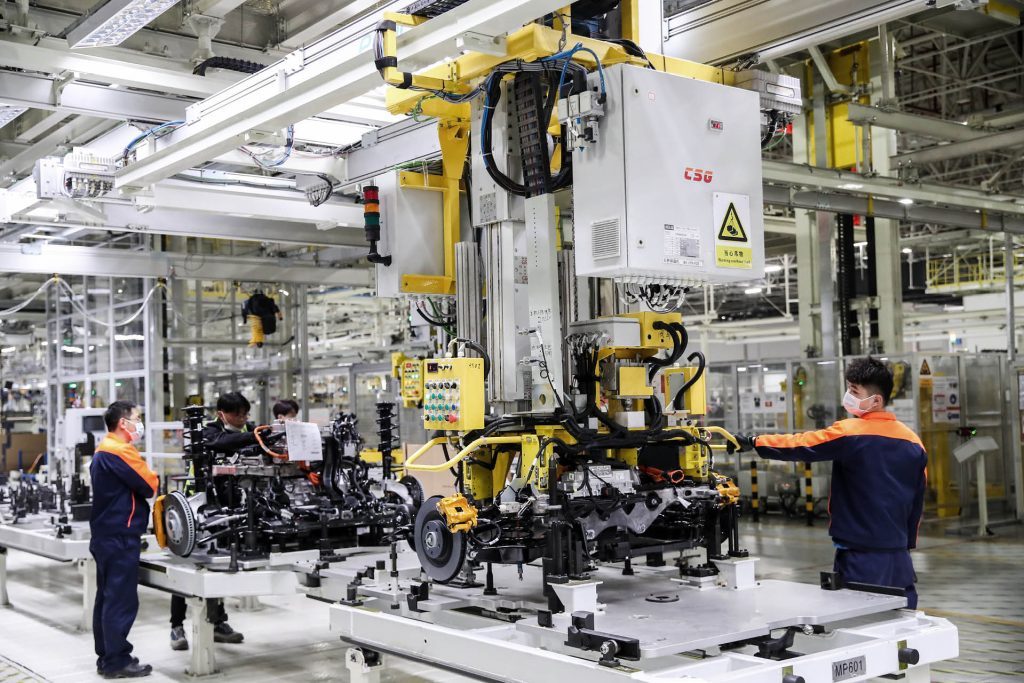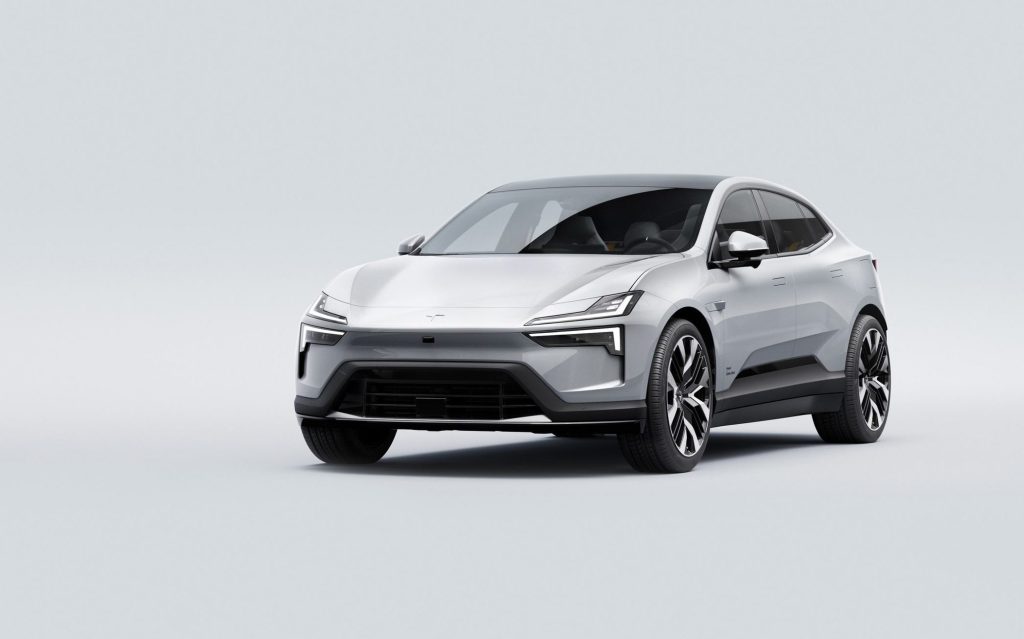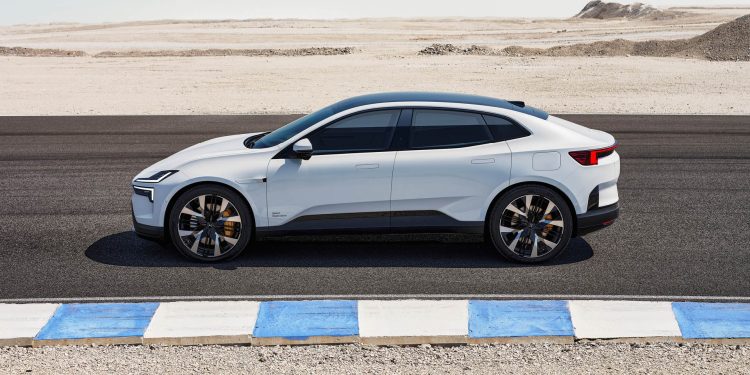The Polestar 4 is brand’s cleanest EV to date
Words: Harrison Wade | Photos: Polestar
Good news environmentally conscious motorists; Polestar has released its first ‘Life Cycle Assessment’ for the new Polestar 4 which reveals the model has the lowest carbon footprint in the brand’s entire line-up.
But wait, it’s electric, so it shouldn’t produce any greenhouse gases, right? While that might be true when behind the wheel, EV manufacture still emits a fair amount of carbon dioxide, certainly more than for petrol- and diesel-powered cars.
However, brands like Polestar are doing their best to bring those figures down and its upcoming model indicates progress in this area.

When the new SUV coupe rolls off the production line at Geely Holdings’ SEA factory in Hangzhou Bay, China, it will have emitted 19.4 tonnes of CO2. That compares with the Polestar 2’s 2021 figure of 26.2 tonnes.
The lower figure takes into account a range of factors involving a vehicle’s carbon output over the course of its life, including parts supplied, manufacturing, and recycling.
Thanks to the factory’s use of green electricity sourced from hydro power and solar, emissions are minimised as the Polestar 4 makes its way along the production line.
When added up, the Standard range model fitted with a single motor produces 19.4 tonnes of CO2, while the Long range dual motor variant creates 21.4 tonnes.

Breaking it down and most of the Polestar 4’s emissions are made during the production and refining of the materials for the batteries at a share of 36 to 40 per cent, while aluminium comes in second at 23 to 24 percent, followed by steel and iron which constitute 20 per cent.
“To support our net zero goal, we set carbon budgets for all our cars. Throughout the product development of Polestar 4, its carbon budget has influenced everything from material choices to factory energy sources,” says Fredrika Klarén, Head of Sustainability at Polestar.
“Sharing the LCA enables us to show that we can strive for net zero – one tonne of CO2 at a time.”
Production of the Polestar 4 is on track to start by the end of this year, with the model set to launch in global markets in 2024. We have yet to hear word on local availability though.





